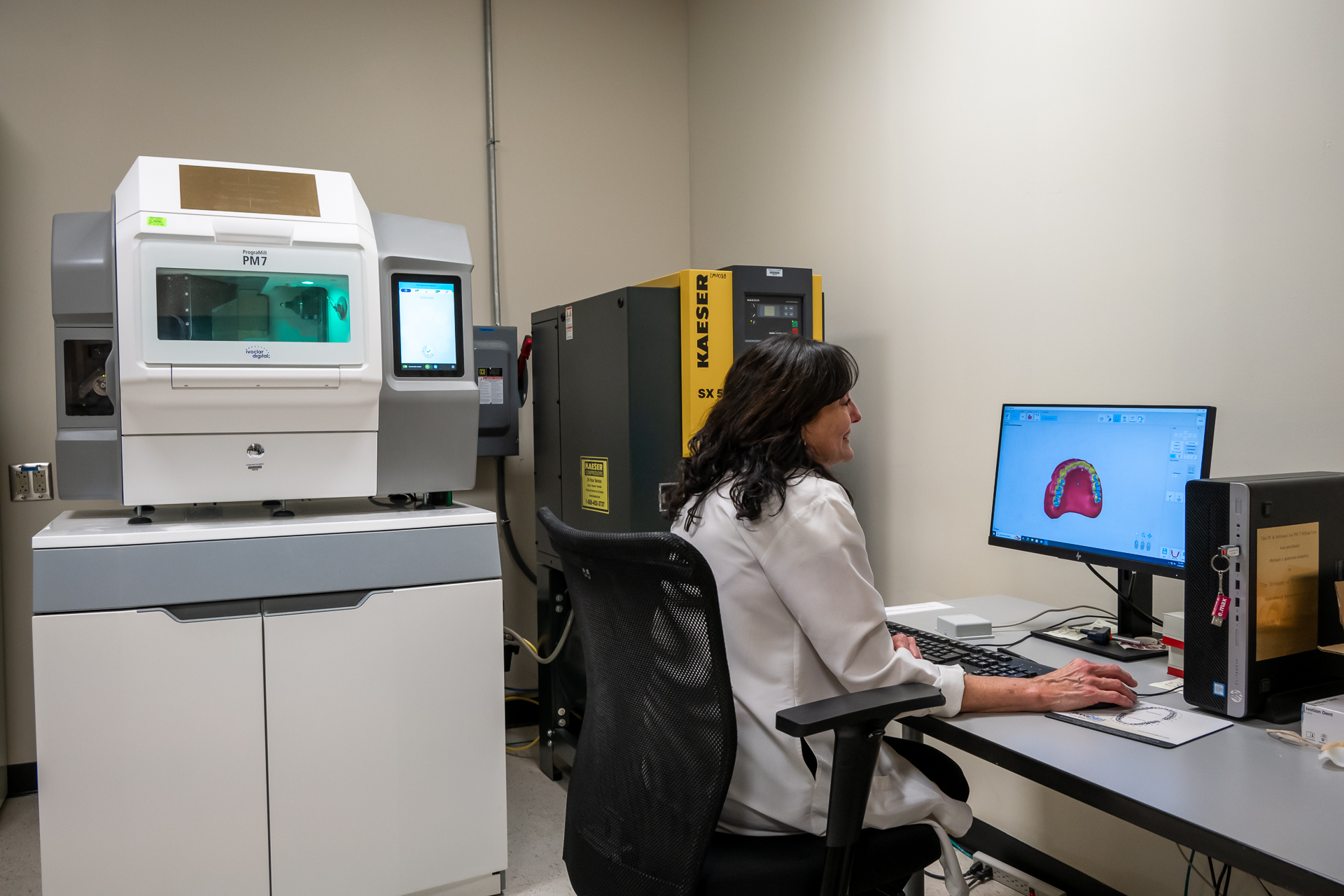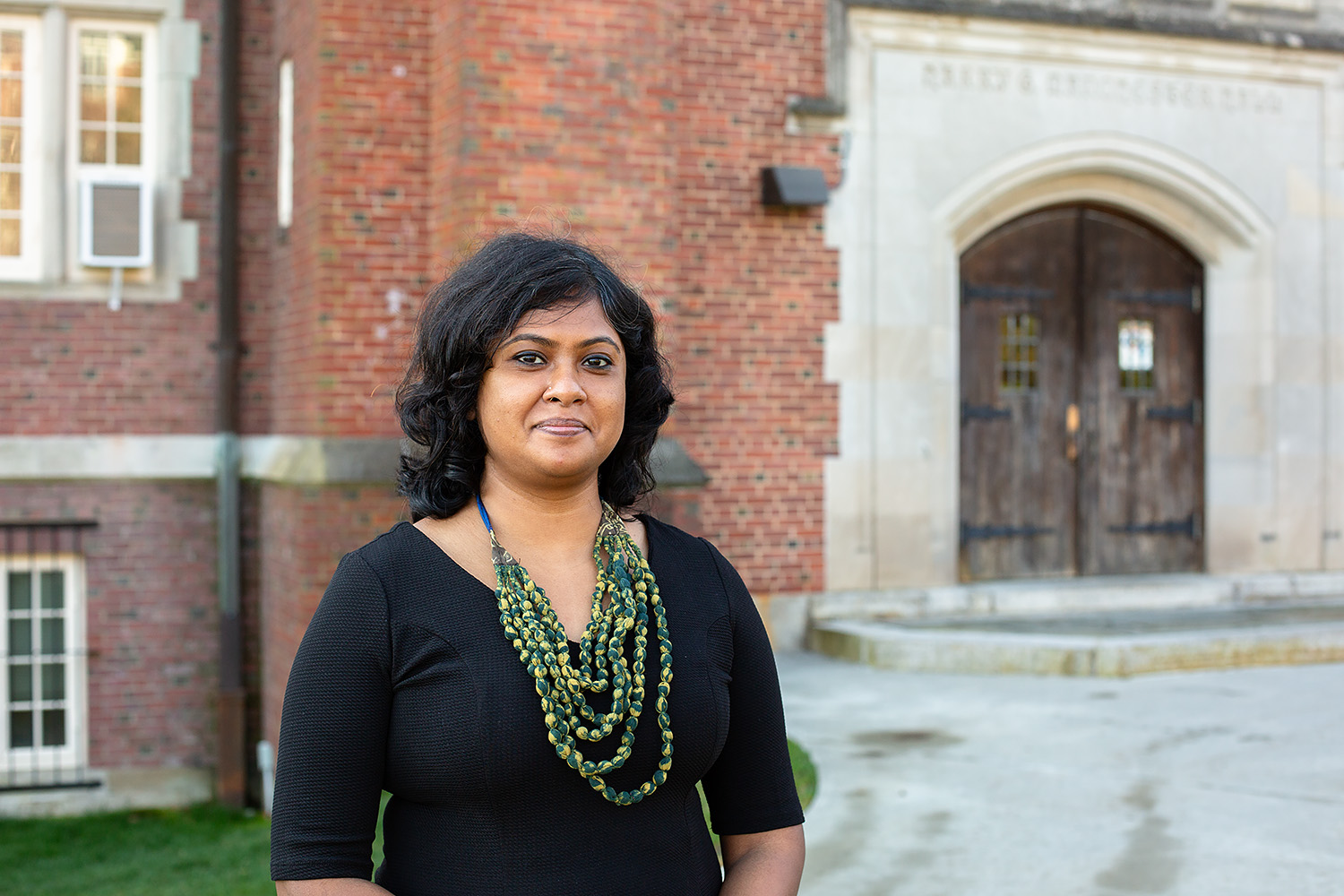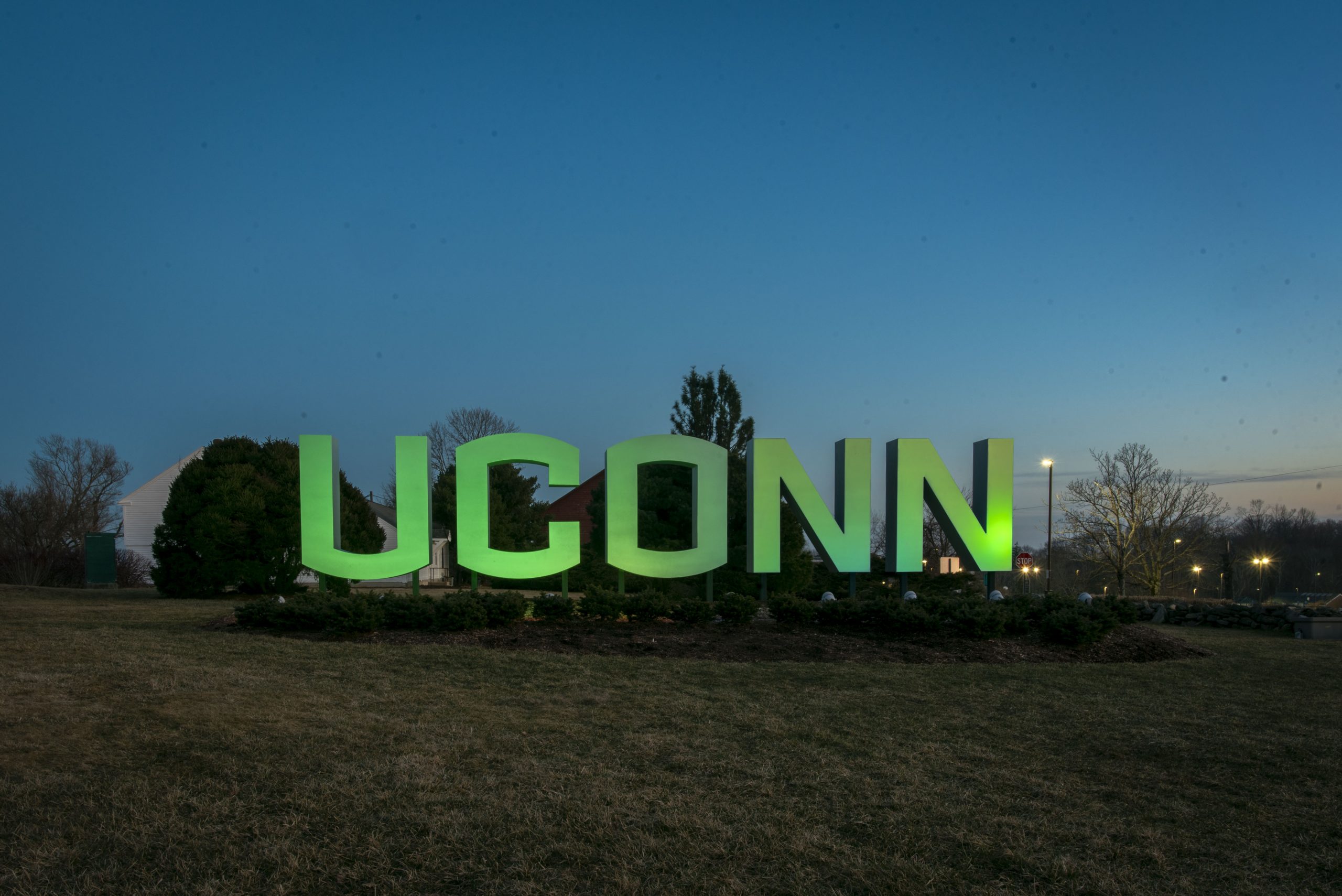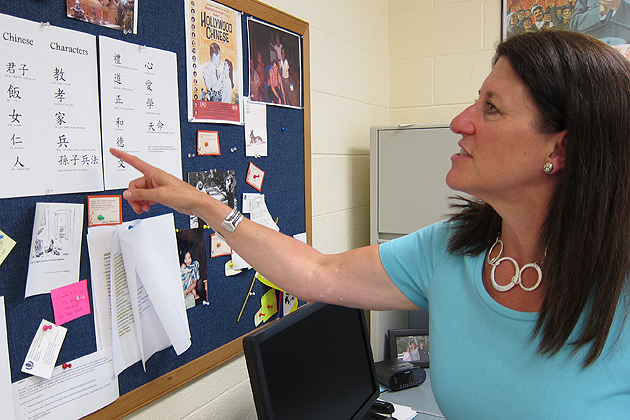
Rural Torrington, Conn., is more than 6,700 miles from the city of Tokyo. But the cultural space between the two is being truncated by historian Christine (Tina) Reardon, who teaches East Asian history and cultural studies at UConn’s Torrington campus.
This summer her “Views of Japan” public program at the Gunn Memorial Library in Washington, Conn., is stimulating discussion about current and traditional Japanese culture and values.
This fall she will start another semester of teaching students at Torrington about such things as the internment of Japanese Americans in the U.S. during World War II or “East Asian history through hanzi (Chinese) characters.”
Reardon, who formerly worked as a CIA political analyst specializing in the Far East, often attracts students who have Asian ties. They may have Korean or Filipino or Vietnamese parents, or they may come from the Middle East. A businessman who regularly visits Japan is taking her public course at the library, along with a Japanese man who now lives in western Connecticut.
Her students, many of whom are native to the Torrington area, sometimes recognize characteristics of their relatives or gain an understanding of their family life and values from what they learn about Asian culture at the Torrington campus.
“It’s often surprising to me – people often think of Northwestern Connecticut as homogeneous and all white, middle class,” she says. “Asian Studies are alive and well here in Torrington.”
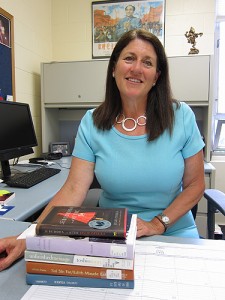
She has had native Chinese students in class who were shocked and pleased to find that Americans were learning about Confucius. And she’s had community members auditing her classes to learn about Asian culture – one had a Japanese daughter-in law; another’s wife was from Okinawa.
Reardon’s own interest in Eastern culture stems from her childhood in Westchester County, N.Y., when her mother would take her to the Metropolitan Museum of Art in New York City. She was attracted to Asian and Indian art.
In high school, volunteering at a nature museum, she learned Chinese characters from a staff member. At Connecticut College, she earned a BA in East Asian Studies and won a Thomas J. Watson fellowship to pursue her own research project for a year in The People’s Republic of China, Israel, and Great Britain, where she studied how social and political values are transmitted to children in early childcare facilities.
After earning a master’s degree in history from Georgetown University, she became a political analyst of Southeast Asian affairs for the CIA (the non-covert side of the agency, she emphasizes). She traveled extensively for fieldwork, learned to speak Chinese fluently, and was the lead investigator of the political situation in the Philippines at the end of the Marcos regime.
She has been an adjunct professor, and more recently a lecturer, in history at Torrington for the past 16 years.
Her students read primary sources – the Tao Te Ching, the Code of the Samurai – as well as contemporary novels. They view movies such as the 2002 Chinese film “Together,” about a violin prodigy, and they write reflective essays that often reveal thoughts about their own Asian ancestry.
Reardon, who also has an interest in counseling students about careers and encouraging them to pursue a liberal arts degree, recalls that when she was an undergraduate liberal arts student taking Chinese, friends of her parents would say to her, “What’s the point of that?”
A few years later, as the Chinese economy boomed, they were traveling and establishing business ties there.

